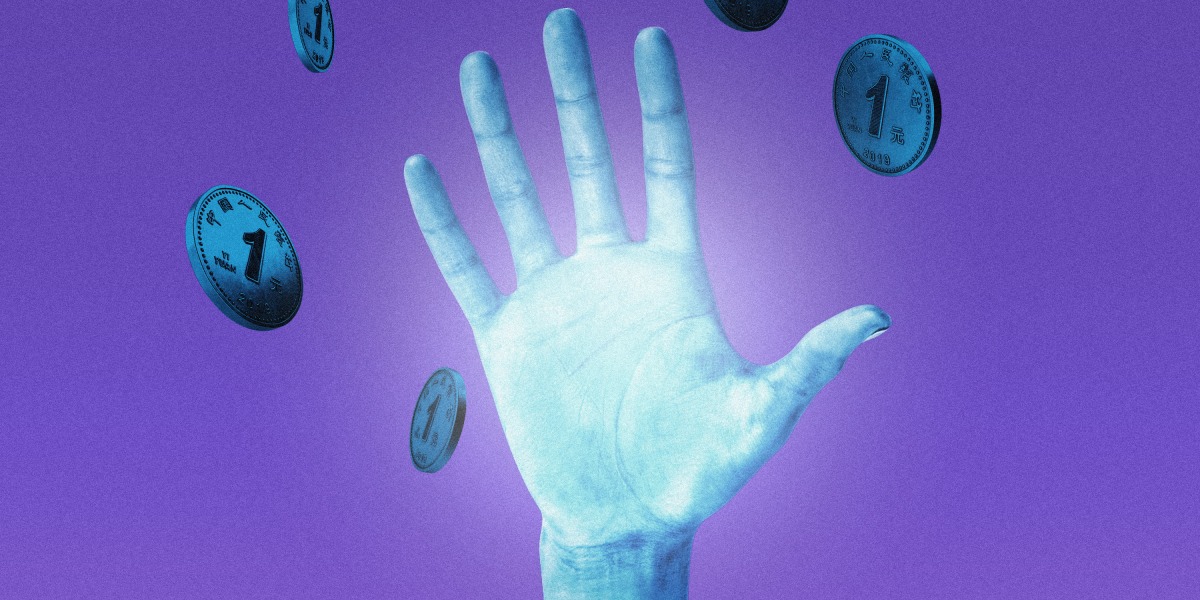
Zhao developed a method to use synthetic models to generate fake palm-print data—creating massive datasets that resemble creases in palms without using real palm photos. While the data isn’t collected from real people, it can still be used to improve the recognition algorithm, according to a paper Zhao submitted to the European Conference on Computer Vision in 2022. “Once we have generated about 200,000 to 300,000 images, the precision rate will be close to 100%. That’s a clear improvement,” he says. Previously, the precision rate for palm-print recognition algorithms trained on small samples of real photos was about 98%.
Meanwhile, Zhang, from the Chinese University of Hong Kong, has remained focused on real world data. One of the first academics in the world to research palm-print recognition, starting in the late ’90s, Zhang says that his team has developed its own device to scan palm prints and it has managed to collect information from more than 10,000 people. While the data is not currently publicly available, he says the team plans to publish an academic paper soon.
“Palm-print recognition combines [the advantages of identifying] the minutiae in fingerprints, the texture in irises, and the geometric information in faces,” Zhang says. His team’s research has found that, when comparing biometrics collected from the same group of individuals, the precision rate of palm-print recognition is 10 times higher than that of fingerprints or faces.
The shaky ground for adopting biometric-based payments
The proposal of palm-print recognition payment seems simple: With it, there’s no need to bring a wallet, credit card, or even a cellphone to complete an in-store purchase. But there are many practical and ethical challenges to that promise.
First of all, “the QR code system works very well already and is quite convenient. It’s not like people go anywhere without their phones,” says Martin Chorzempa, senior fellow at the Peterson Institute for International Economics and author of a new book, The Cashless Revolution.
This is the same reason why even as both WeChat Pay and Alipay have pushed for the adoption of facial recognition payment for years, the idea has failed to become very popular. An April 2022 survey of some 58,000 Chinese mobile payment users shows that 95.7% of them choose QR code as their primary payment method. And 20.2% of all those surveyed find the use of biometrics in payment unacceptable.
The idea that biometrics recognition provides convenience for consumers is an “efficiency delusion,” argues Cahn of STOP. Replacing traditional cashiers with self checkouts with biometrics recognition, like Amazon did, only offloads more work to buyers. “This isn’t for the convenience of the customers. This is for the convenience of the store that wants to fire employees and have even more tracking of our decisions,” he says.
The biggest barrier to adoption, though, may be the concern of privacy invasion and data security, which comes with any use of biometrics. People around the world, including in China, have become increasingly aware of the risks of giving out their biometrics to companies and governments, no matter what advantages are promised in exchange.
